Table Of Content
- Understanding Severe Weather Alerts
- Importance of Identifying Severe Weather
- Preparing for Severe Weather Alerts
- Safety Tips During Severe Weather Events
- Creating a Severe Weather Emergency Kit
- Navigating Severe Weather Situations
- Importance of Identifying Severe Weather
- Why It Matters
- Stay Alert, Stay Safe
- Tips for Severe Weather Safety
- Preparing for Severe Weather Alerts
- Stay Informed
- Plan Ahead
- Have a Communication Plan
- Safety Tips During Severe Weather Events
- Seek Shelter Immediately
- Stay Informed
- Avoid Risky Activities
- Prepare an Emergency Kit
- Stay Calm and Wait It Out
- Creating a Severe Weather Emergency Kit
- Gather Emergency Supplies
- Protective Gear
- Personal Documents
- Navigating Severe Weather Situations
- Understanding Severe Weather Alerts
- Importance of Identifying Severe Weather
- Preparing for Severe Weather Alerts
- Safety Tips During Severe Weather Events
- Creating a Severe Weather Emergency Kit
- Frequently Asked Questions (FAQs)
Welcome, fellow outdoor enthusiasts and camping aficionados! As an expert in basic camping skills and weather safety, I am excited to share valuable insights on a crucial topic – Weather Alert Safety. When exploring the great outdoors, being prepared for severe weather is paramount. Identifying severe weather conditions and knowing how to react can make all the difference in ensuring a safe and enjoyable camping experience.
From sudden thunderstorms to high winds and even tornadoes, Mother Nature’s unpredictability can pose challenges for even the most seasoned campers. In this blog post, we will delve into essential tips on identifying severe weather, preparing for alerts, and staying safe when inclement weather strikes. Whether you’re a novice camper or a seasoned adventurer, knowing how to navigate through severe weather situations is vital for your safety and well-being.
By understanding the signs of impending severe weather and knowing how to interpret weather alerts, you can take proactive measures to protect yourself and your camping companions. With the right knowledge and preparation, you can navigate through stormy conditions with confidence and emerge unscathed. Stay tuned as we uncover the best practices for weather alert safety and equip you with the tools to ensure a secure and memorable outdoor adventure.
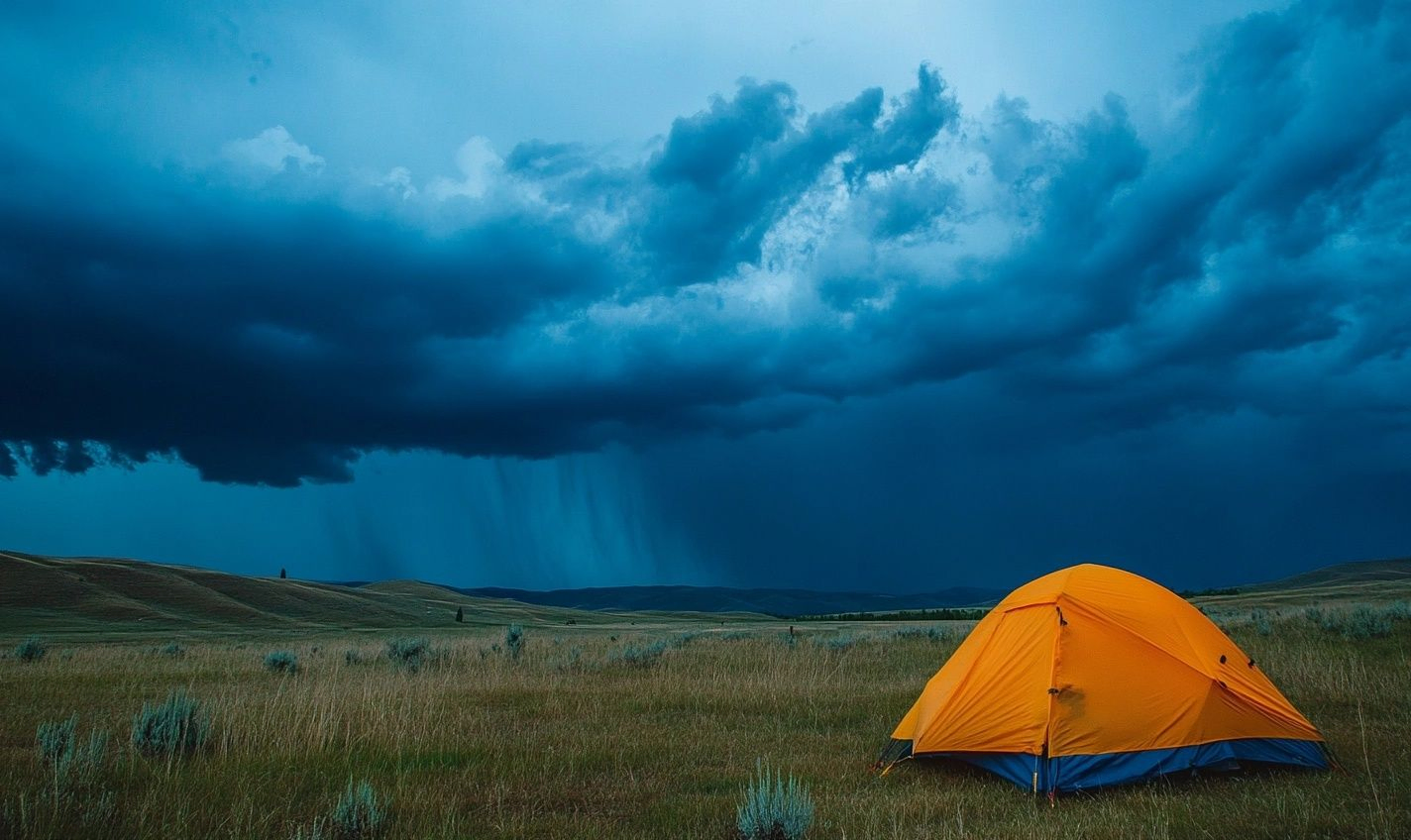
Understanding Severe Weather Alerts
When you’re out camping, identifying severe weather can be crucial for your safety. In the great outdoors, where storms can develop rapidly, staying informed and prepared is key to a successful trip. Here are some essential tips to help you stay safe during severe weather events.
Importance of Identifying Severe Weather
Before heading out on your camping adventure, it’s vital to understand the significance of identifying severe weather. Knowing the signs and being aware of the forecast can make all the difference in keeping you and your fellow campers safe.
Preparing for Severe Weather Alerts
Preparation is key when it comes to severe weather tips. Take the time to research the area you’ll be camping in and familiarize yourself with local weather patterns. Pack a reliable weather radio or download a weather app to receive alerts directly to your phone.
Safety Tips During Severe Weather Events
- Seek shelter immediately if you hear thunder or see lightning.
- Avoid tall trees and open fields during strong winds or storms.
- Stay informed about weather conditions through radio updates or online resources.
Creating a Severe Weather Emergency Kit
- Include essentials like a first aid kit, flashlight, extra batteries, and non-perishable food items.
- Pack waterproof gear such as ponchos and tarps to stay dry during rainstorms.
- Carry a whistle to signal for help in case of an emergency.
Navigating Severe Weather Situations
When severe weather strikes, remain calm and follow these weather alert safety recommendations:
- Stay indoors and away from windows during a tornado or severe thunderstorm.
- If you’re in a remote area, move to higher ground to avoid flash flooding.
- Keep a charged phone handy to call for help if needed.
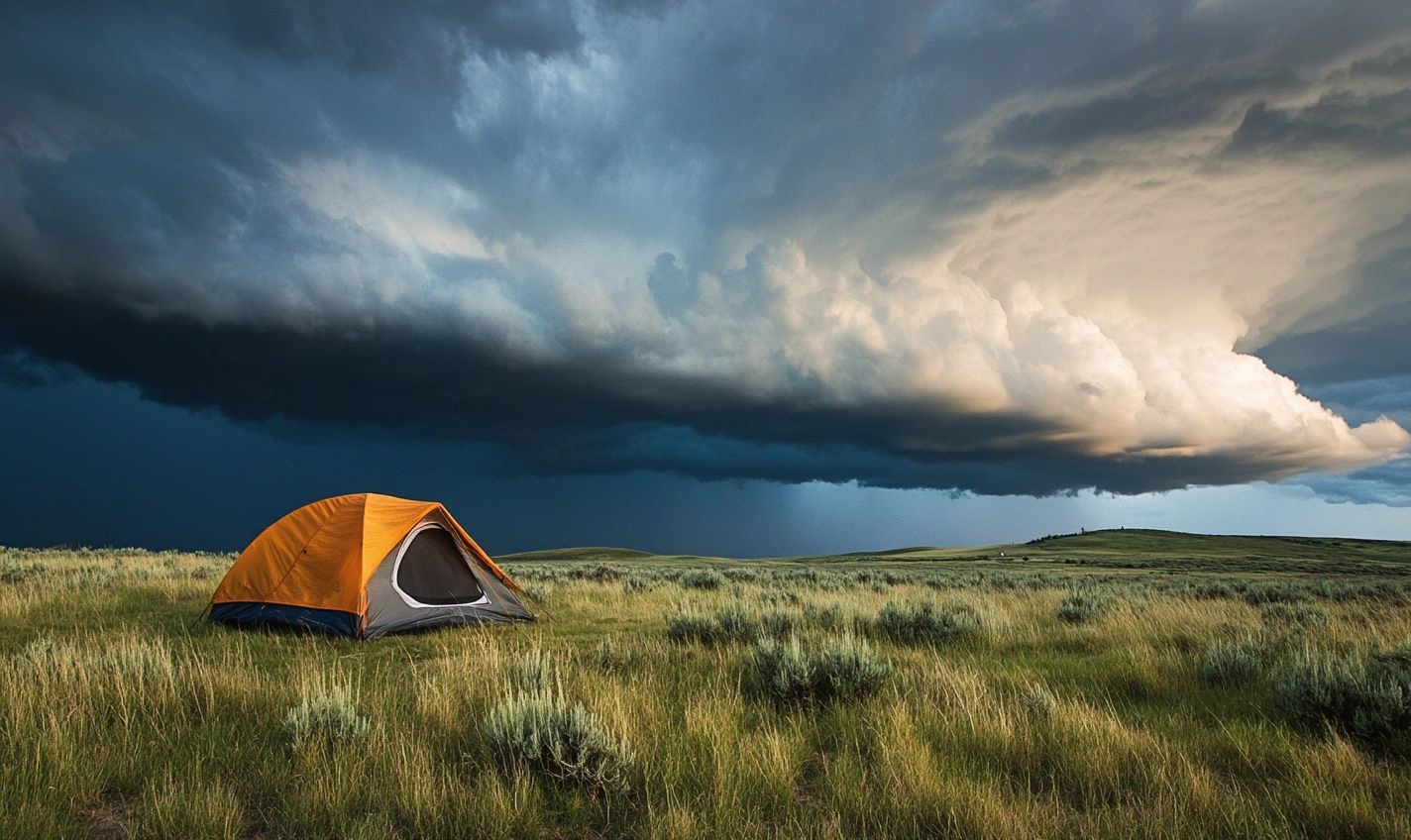
Importance of Identifying Severe Weather
When you’re out camping, the weather can quickly turn from sunny skies to stormy conditions. That’s why identifying severe weather is crucial for your safety and well-being while enjoying the great outdoors.
Why It Matters
Understanding how to identify severe weather can mean the difference between a pleasant camping trip and a dangerous situation. By recognizing the signs early, you can take proactive measures to stay safe.
Stay Alert, Stay Safe
Here are some ways you can prepare for alerts and keep yourself and your fellow campers safe from severe weather:
- Keep a weather radio or app handy to receive alerts
- Pay attention to changing sky conditions
- Monitor weather forecasts before heading out
Tips for Severe Weather Safety
Once you’ve identified a severe weather event, here are some weather alert safety tips to keep in mind:
- Seek shelter in a sturdy building or a hard-topped metal vehicle
- Avoid open fields, hilltops, and isolated trees
- Stay away from water bodies during thunderstorms
Remember, being prepared and knowing how to react to severe weather can make all the difference in ensuring your camping adventure remains safe and enjoyable.
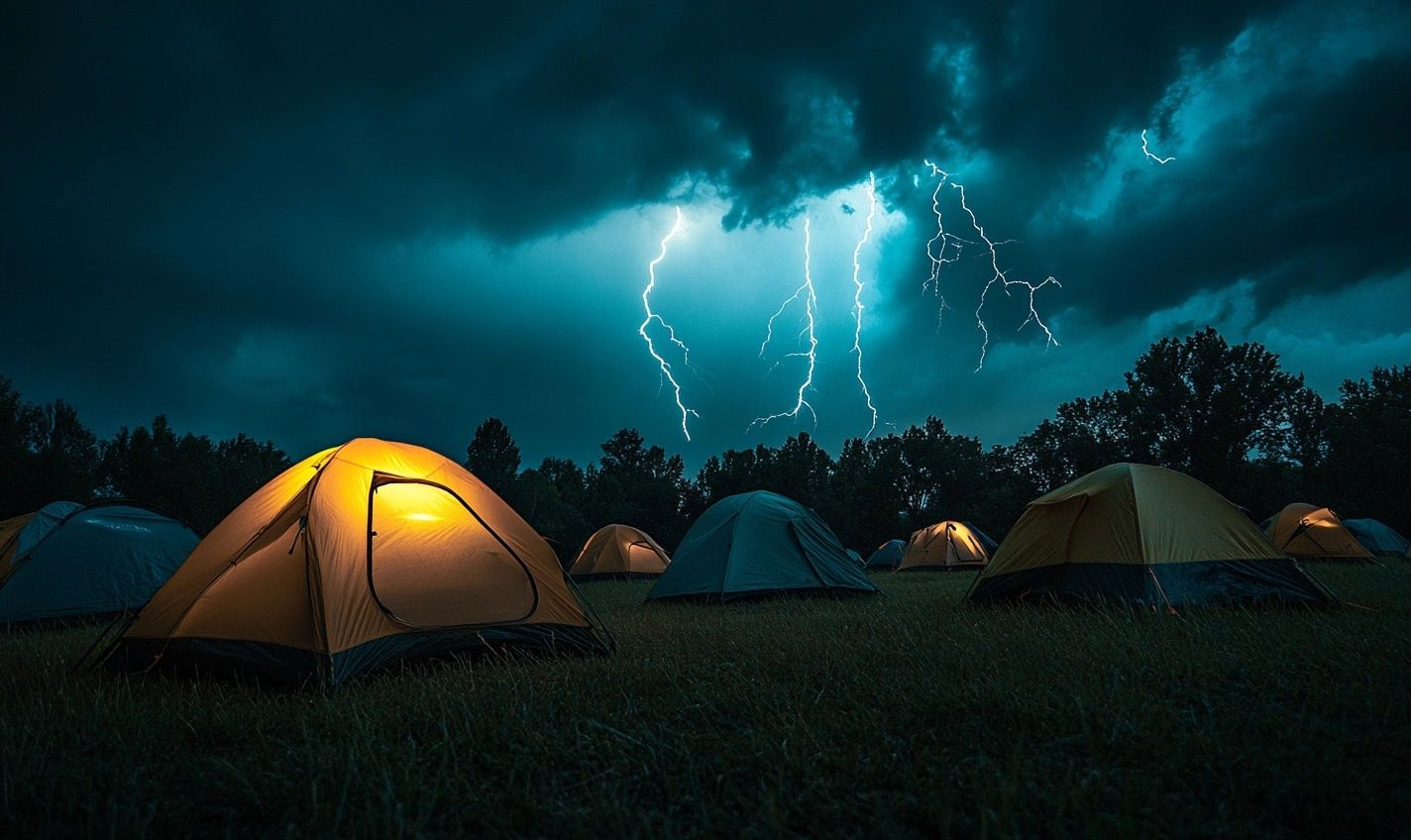
Preparing for Severe Weather Alerts
When you’re out in the great outdoors, it’s crucial to be prepared for any unexpected turn in the weather. Identifying severe weather and knowing how to prepare for alerts can make all the difference in staying safe during your camping adventures. Here are some important tips to keep in mind:
Stay Informed:
Keeping an eye on the weather forecast is essential. Utilize weather apps or a portable weather radio to receive alerts.
Plan Ahead:
Before heading out, research the area you’ll be camping in and be aware of the common weather patterns and any potential risks.
Have a Communication Plan:
Share your itinerary with a friend or family member and establish check-in times for added safety.
And remember, prevention is better than cure, especially when it comes to severe weather. By being proactive and preparing for alerts, you can ensure a safer and more enjoyable camping experience.
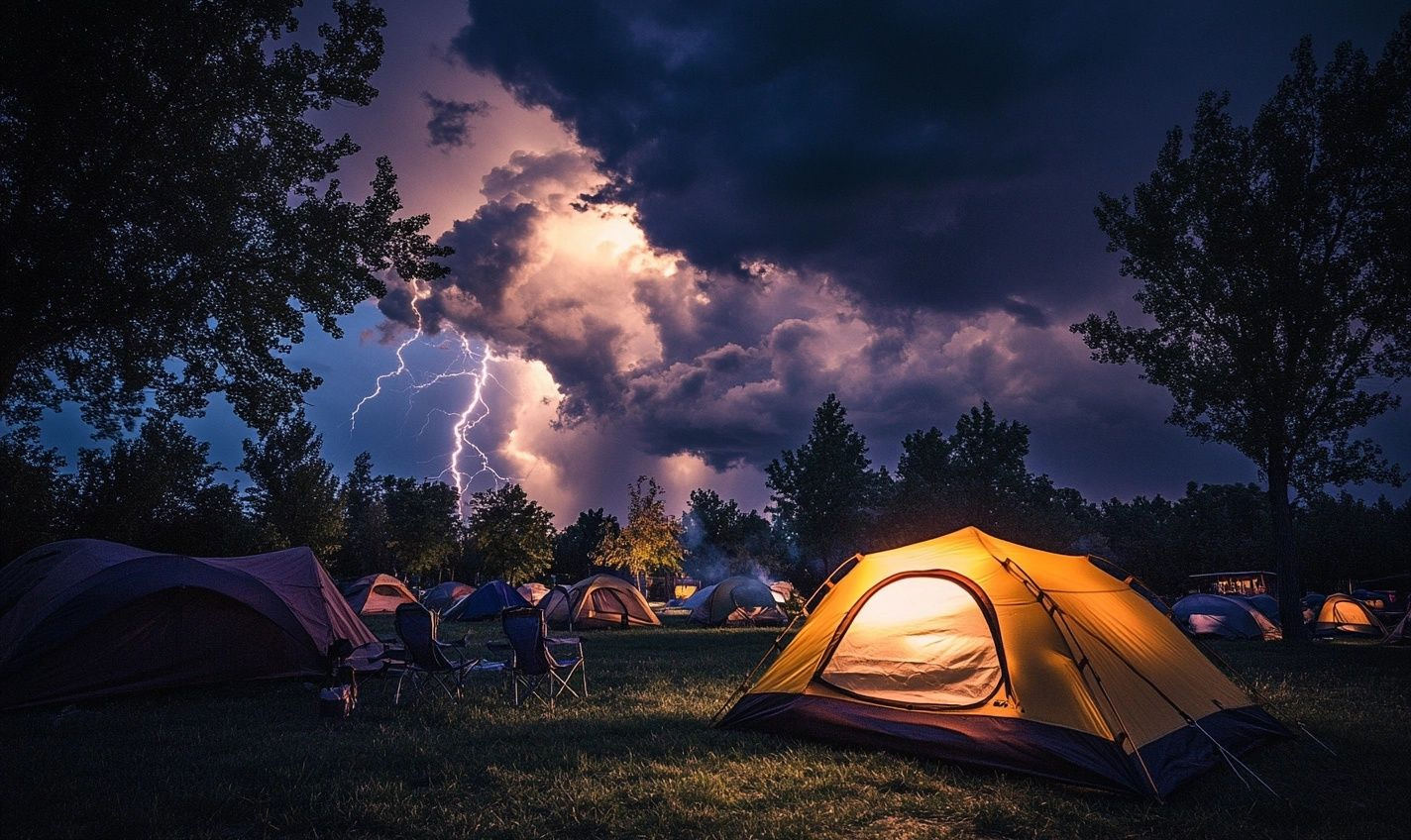
Safety Tips During Severe Weather Events
When Mother Nature throws a tantrum with severe weather, it’s crucial to be prepared and stay safe. Here are some essential tips to help you navigate through challenging weather conditions:
Seek Shelter Immediately
At the first sign of severe weather, prepare for alerts and find shelter in a sturdy building or a designated storm shelter. Avoid seeking shelter under trees or near water during storms.
Stay Informed
Keep a weather alert safety system handy, tune into local radio stations, or download a weather app on your phone to receive real-time updates and notifications about severe weather in your area.
Avoid Risky Activities
Don’t be a daredevil during severe weather. Stay indoors, away from windows, and avoid using electrical appliances or plumbing fixtures. If you’re driving, find a safe place to pull over until the storm passes.
- Avoid swimming or boating during storms.
- Don’t use any electrical equipment during lightning storms.
- Avoid standing near tall objects or metal structures.
Prepare an Emergency Kit
Before severe weather strikes, make sure you have a severe weather emergency kit prepared with essentials like water, non-perishable food, a first-aid kit, flashlights, batteries, and a portable weather radio.
- Include extra batteries in your emergency kit.
- Have a supply of medications and essential documents.
- Don’t forget pet supplies if you have furry friends.
Stay Calm and Wait It Out
During a severe weather event, the best thing you can do is remain calm and patient. Remember, storms eventually pass, and your safety is the priority. So, hunker down, stay in your safe space, and wait for the all-clear signal before venturing out again.
By following these simple yet effective safety tips during severe weather events, you can ensure your well-being and that of your loved ones. Remember, it’s always better to be safe than sorry when it comes to unpredictable weather conditions! And remember, when the skies rumble, safety should be your humble.
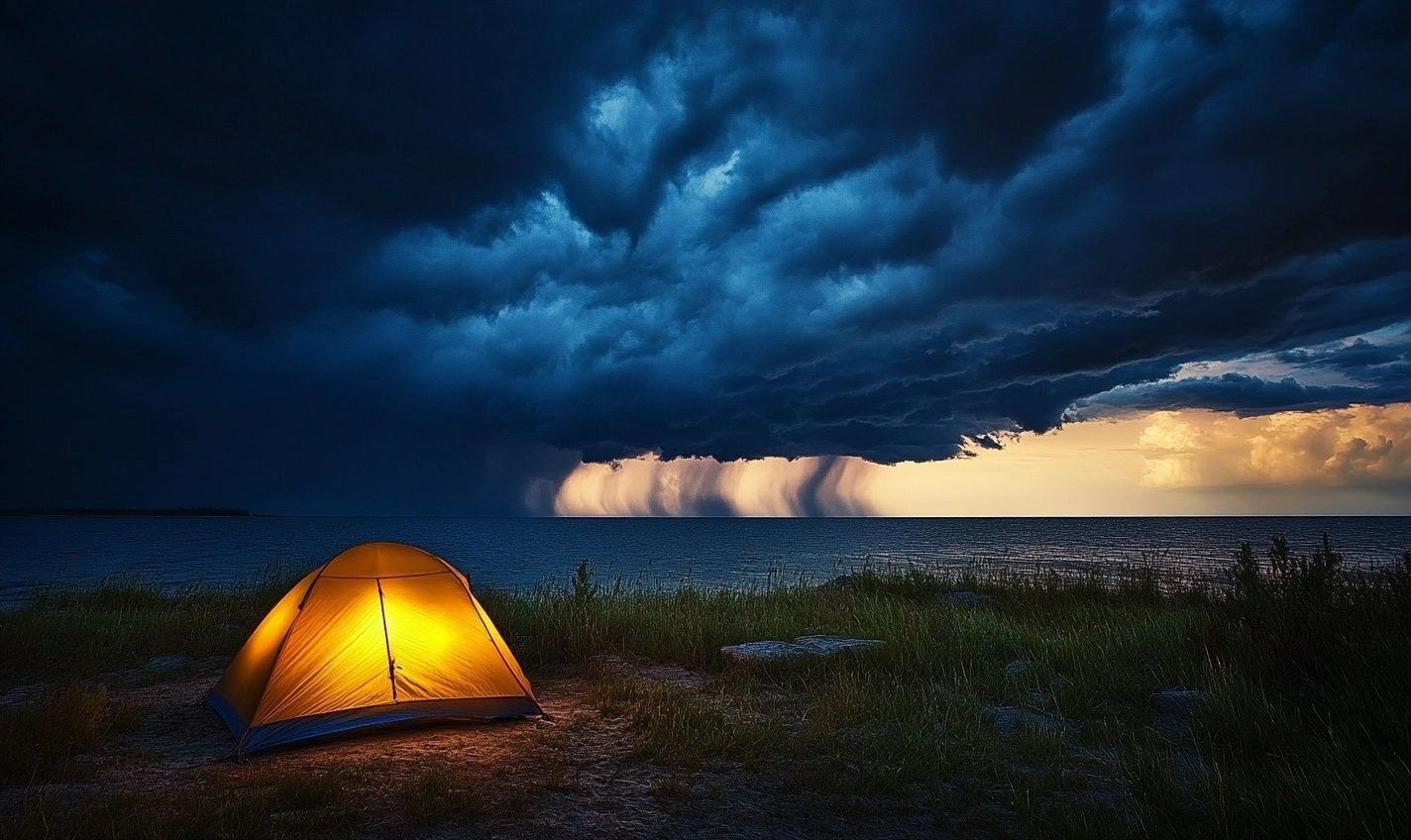
Creating a Severe Weather Emergency Kit
When the dark clouds start to gather and the winds pick up, it’s crucial to have a severe weather emergency kit ready to go. This kit can be a lifesaver during severe weather events, providing you with essential items to stay safe and prepared. Here’s how you can put together a comprehensive kit to weather the storm:
Gather Emergency Supplies
Stock up on the following essential items for your severe weather emergency kit:
- Non-perishable food and bottled water for at least three days
- Flashlight with extra batteries
- First aid kit
- Extra medications
- Whistle to signal for help
Protective Gear
Don’t forget to include protective gear in your emergency kit to keep you safe during severe weather:
- Weather radio to stay informed
- Emergency blanket or sleeping bag
- Durable shoes and clothing
- Dust masks to filter contaminated air
Personal Documents
Keep important personal documents in a waterproof container, such as:
- Identification documents
- Insurance policies
- Medical records
- Emergency contact information
Remember, your severe weather emergency kit should be easily accessible and stored in a designated spot in your home. When severe weather strikes, you won’t have time to scramble for supplies. Being prepared in advance can make all the difference in staying safe during a storm.
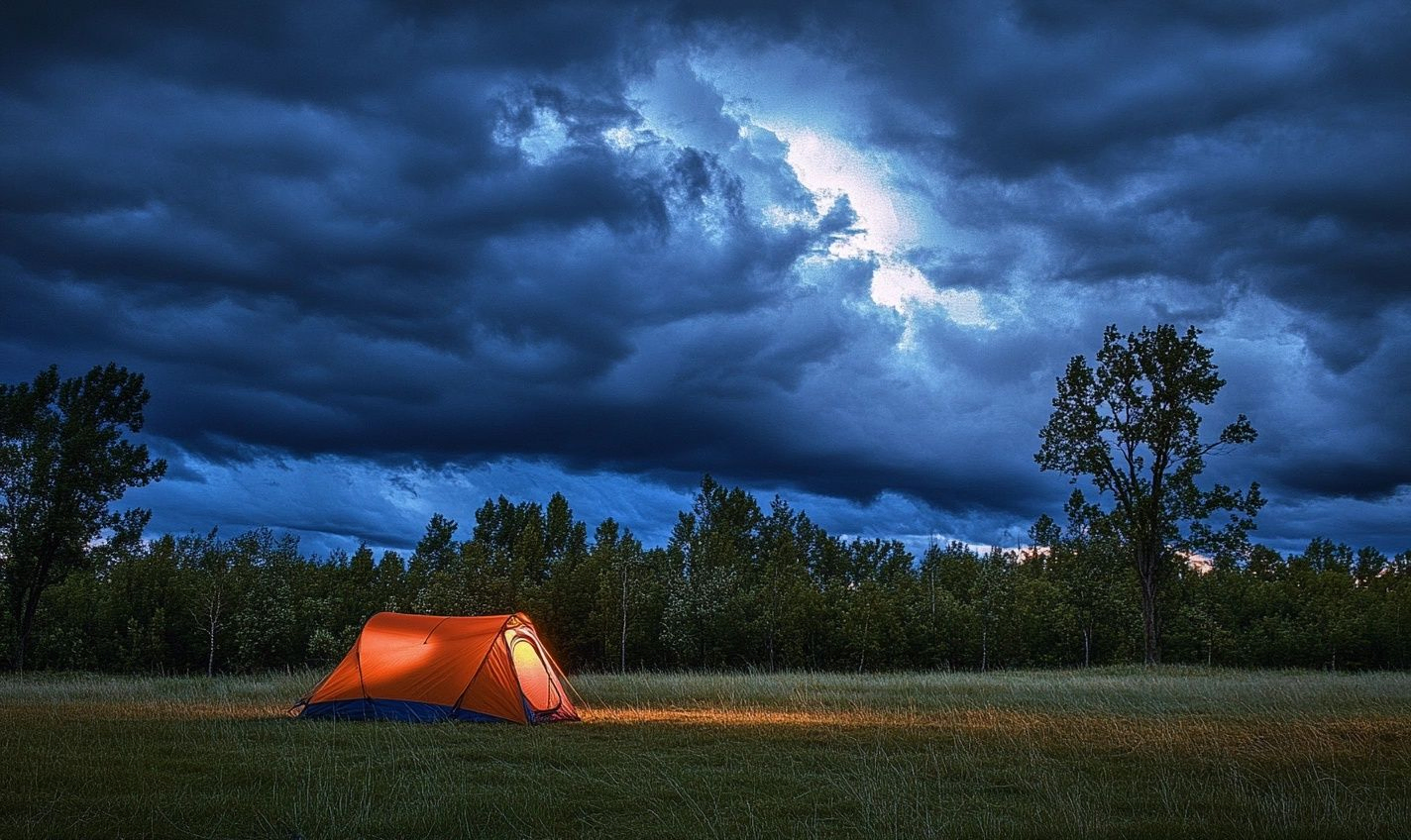
Navigating Severe Weather Situations
When Mother Nature unleashes her fury, being prepared can make all the difference in staying safe. From identifying severe weather to staying alert, here are some crucial tips for weather safety:
Understanding Severe Weather Alerts
Listening to weather forecasts and heeding severe weather alerts can give you valuable time to prepare. These alerts are issued to warn the public of potentially hazardous conditions like tornadoes, hurricanes, or severe thunderstorms.
Importance of Identifying Severe Weather
Recognizing the signs of approaching severe weather can help you take quick action. Darkening skies, strong winds, and sudden temperature drops are all indicators that a storm may be imminent.
Preparing for Severe Weather Alerts
Before severe weather strikes, make sure you have an emergency kit with essentials like non-perishable food, water, medications, a flashlight, and a first aid kit. Also, ensure your phone is fully charged to receive weather updates.
Safety Tips During Severe Weather Events
- Seek shelter in a sturdy building or a designated storm shelter.
- Avoid windows and stay away from electrical equipment.
- If outdoors, move to a low-lying area away from trees and seek cover in a ditch or depression.
Creating a Severe Weather Emergency Kit
- Water bottles or a portable water filter.
- Non-perishable food items like energy bars or canned goods.
- Blankets or emergency sleeping bags.
- Battery-powered radio for updates if the power goes out.
Remember, when it comes to severe weather, it’s essential to stay calm, informed, and prepared. By understanding the signs, preparing for alerts, and knowing what to do in the event of severe weather, you can protect yourself and your loved ones from potential harm.
Conclusion
As outdoor enthusiasts, it’s crucial to prioritize safety when venturing into the wilderness. Being prepared and informed about severe weather conditions can make all the difference in ensuring a safe and enjoyable camping experience. By identifying severe weather patterns and knowing how to respond to weather alerts, you can minimize risks and stay ahead of potentially dangerous situations.
Remember, always check the weather forecast before heading out, and keep a reliable communication device with you to receive alerts. Pack essential items like a first aid kit, extra food and water, and appropriate clothing to stay safe in case of severe weather. Familiarize yourself with emergency protocols and evacuation routes in the area you plan to camp in, and always prioritize your well-being and the well-being of your camping companions.
By following these simple yet crucial tips, you can enjoy the great outdoors while staying prepared for any unexpected weather events. Stay vigilant, stay informed, and most importantly, stay safe. Your adventure awaits, and with the right preparation and knowledge, you can have a fulfilling camping experience even in the face of severe weather challenges.
So, next time you plan your camping trip, make sure to implement these weather alert safety tips. Be proactive, be prepared, and enjoy a safe and memorable outdoor adventure knowing that you are well equipped to handle any weather-related challenges that may come your way.
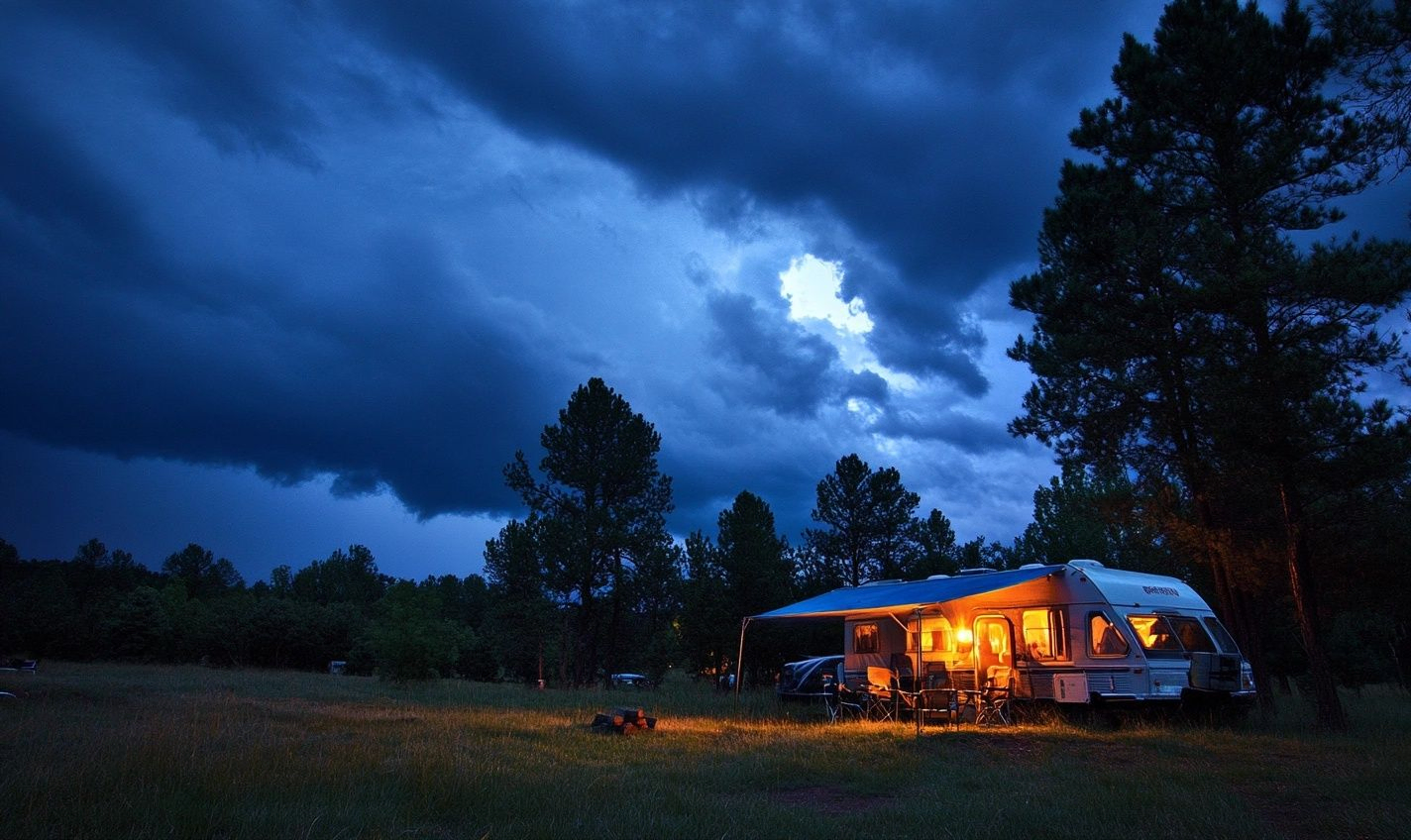
Frequently Asked Questions (FAQs)
How important is it to identify severe weather when camping?
Identifying severe weather is crucial when camping to ensure the safety of yourself and others.
What are some tips for preparing for severe weather alerts while camping?
Pack a weather radio, have a designated shelter area, and stay informed about the weather forecast.
What safety tips should campers follow during severe weather?
Stay indoors if possible, avoid tall objects, and never underestimate the power of lightning.
How can campers stay informed about weather alerts?
Utilize weather apps, listen to the radio, and pay attention to park or campground notifications.
What should campers do if they receive a severe weather alert?
Immediately seek shelter in a sturdy building or vehicle and avoid open fields, water bodies, or isolated trees.
Are there specific items campers should have in their emergency kit for severe weather?
Yes, essential items include a flashlight, first aid kit, non-perishable food, water, and blankets.







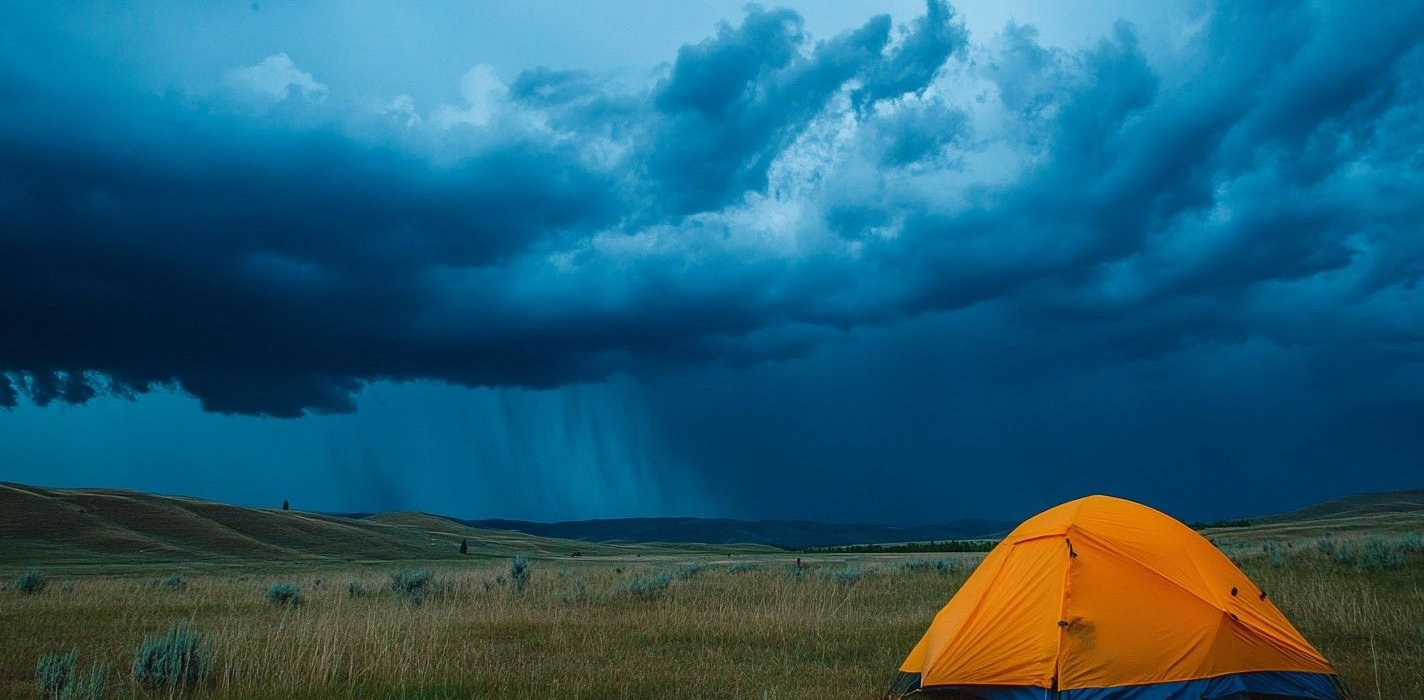

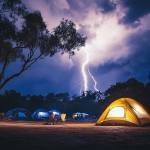
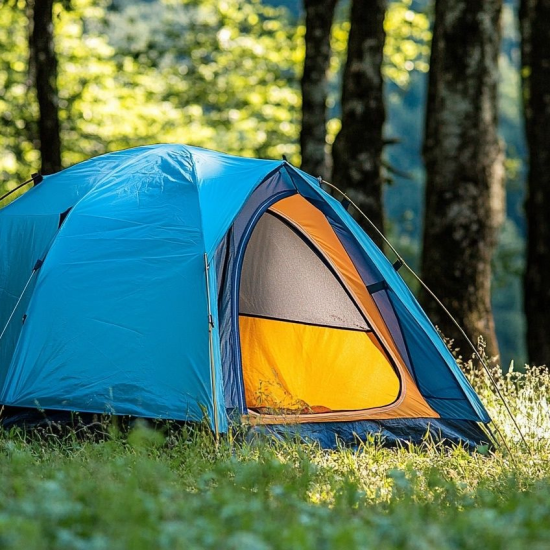
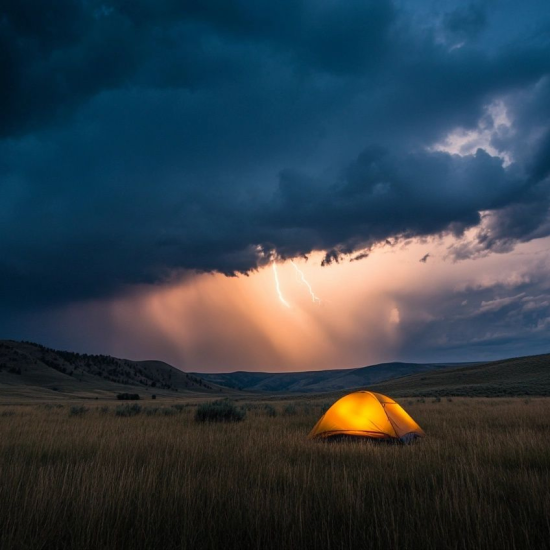
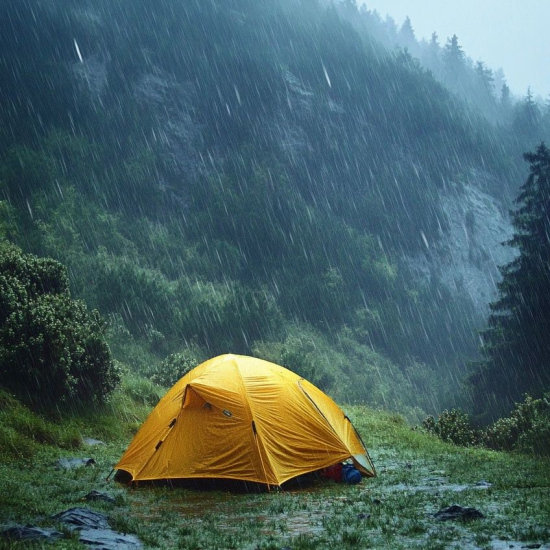
No Comment! Be the first one.